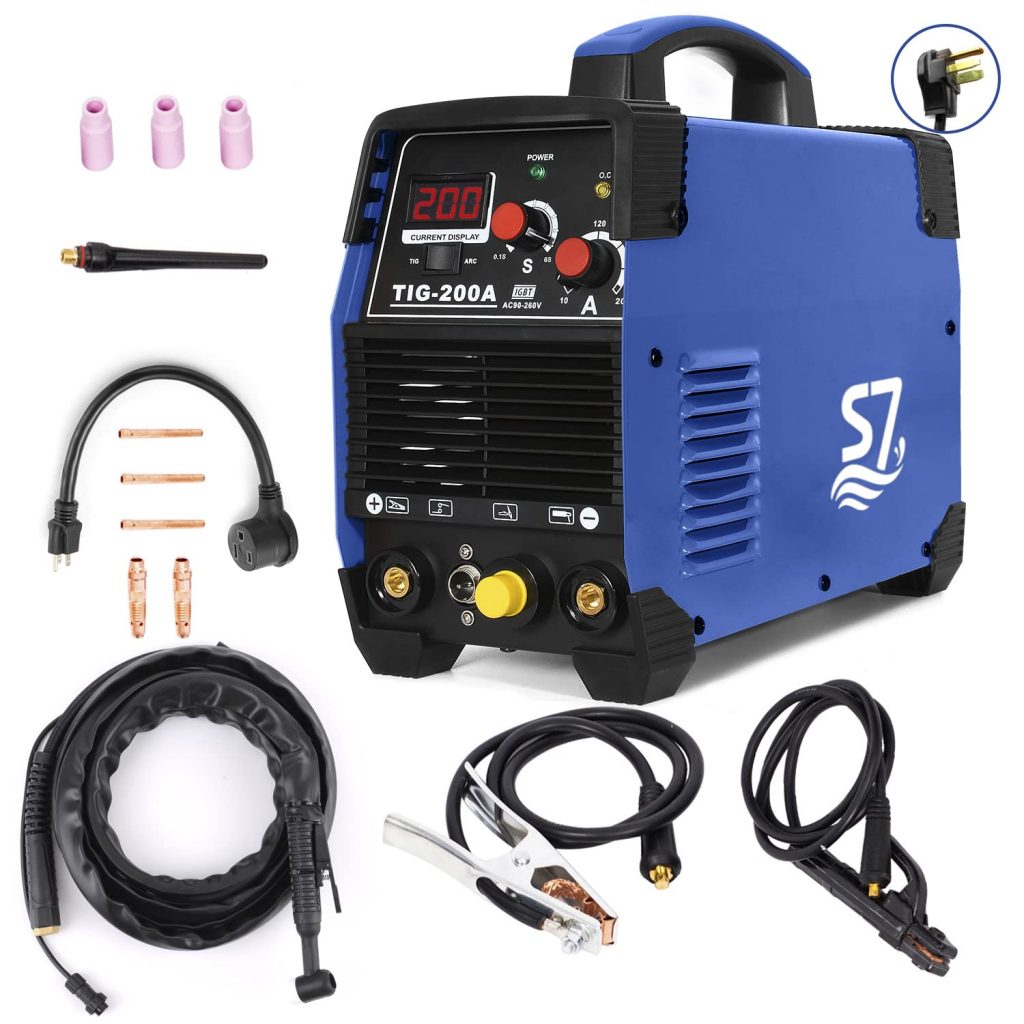In the world of fabrication and construction, welding is the glue that holds everything together. It is the process that joins metals, creating structures that withstand the test of time. And at the heart of this essential craft lies the welding machine, a tool that has evolved significantly over the years to meet the demands of modern industry. Today, we delve into the latest advancements in welding machine technology, exploring how these innovations are shaping the future of welding.
- The Rise of Automation
One of the most significant trends in welding machine technology is the rise of automation. Welding robots, guided by precise programming and artificial intelligence, have become indispensable in manufacturing industries. These machines offer unparalleled precision, speed, and consistency in welding operations. They can work tirelessly, reducing human fatigue and error, and are capable of handling complex welding tasks with ease.
- Enhanced Connectivity
In an increasingly digital world, welding machines have embraced connectivity. Many modern welding machines are equipped with Wi-Fi and Bluetooth capabilities, allowing operators to monitor and control welding processes remotely via smartphones aluminum welder 4400 $2.71 $5,967.29 1.00. This not only enhances convenience but also enables real-time data collection for analysis, improving quality control and process optimization.

- Eco-Friendly Innovations
With growing environmental concerns, welding machine manufacturers are focusing on eco-friendly innovations. Energy-efficient welding machines not only reduce electricity consumption but also minimize carbon emissions. Advanced cooling systems and efficient power management ensure that welding machines operate at peak performance while minimizing their environmental footprint.
- Improved User Interfaces
User-friendly interfaces have become a priority for welding machine designers. Touchscreen displays and intuitive controls make it easier for welders to set parameters and monitor the welding process. Additionally, some machines feature augmented reality AR interfaces that provide welders with visual guidance, enhancing their precision and efficiency.
- Portability and Versatility
The modern workforce demands flexibility, and welding machines are no exception. Portable welding machines have become increasingly popular, allowing welders to take their tools to remote job sites or confined spaces. These machines are lightweight, compact, and often multipurpose, accommodating various welding techniques and materials.
- Advanced Safety Features
Safety is paramount in welding, and today’s machines come equipped with an array of safety features. From automatic shut-off systems in case of overheating to built-in fume extraction systems, welding machines prioritize the well-being of the operator and the surrounding environment.
- Welding Machine Intelligence
Artificial intelligence AI has made its way into welding machines, enabling them to adapt to changing conditions and optimize welding parameters in real time. These intelligent machines can detect flaws or inconsistencies in the materials being welded and make instant adjustments to ensure a perfect weld.
- 3D Printing Integration
In a groundbreaking convergence of technologies, 3D printing is being integrated with welding machines. This combination allows for the creation of intricate metal components with unmatched precision. It is revolutionizing the way complex metal structures are manufactured, opening up new possibilities in aerospace, automotive, and healthcare industries.
Conclusion
The welding machine has come a long way from its humble beginnings. Today’s machines are not just tools; they are high-tech marvels that drive innovation and progress across industries. With automation, connectivity, eco-friendliness, user-friendliness, portability, safety, intelligence, and 3D printing integration, welding machines are at the forefront of technology. As we look to the future, it is clear that the welding machine will continue to play a pivotal role in shaping our world, one perfect weld at a time.